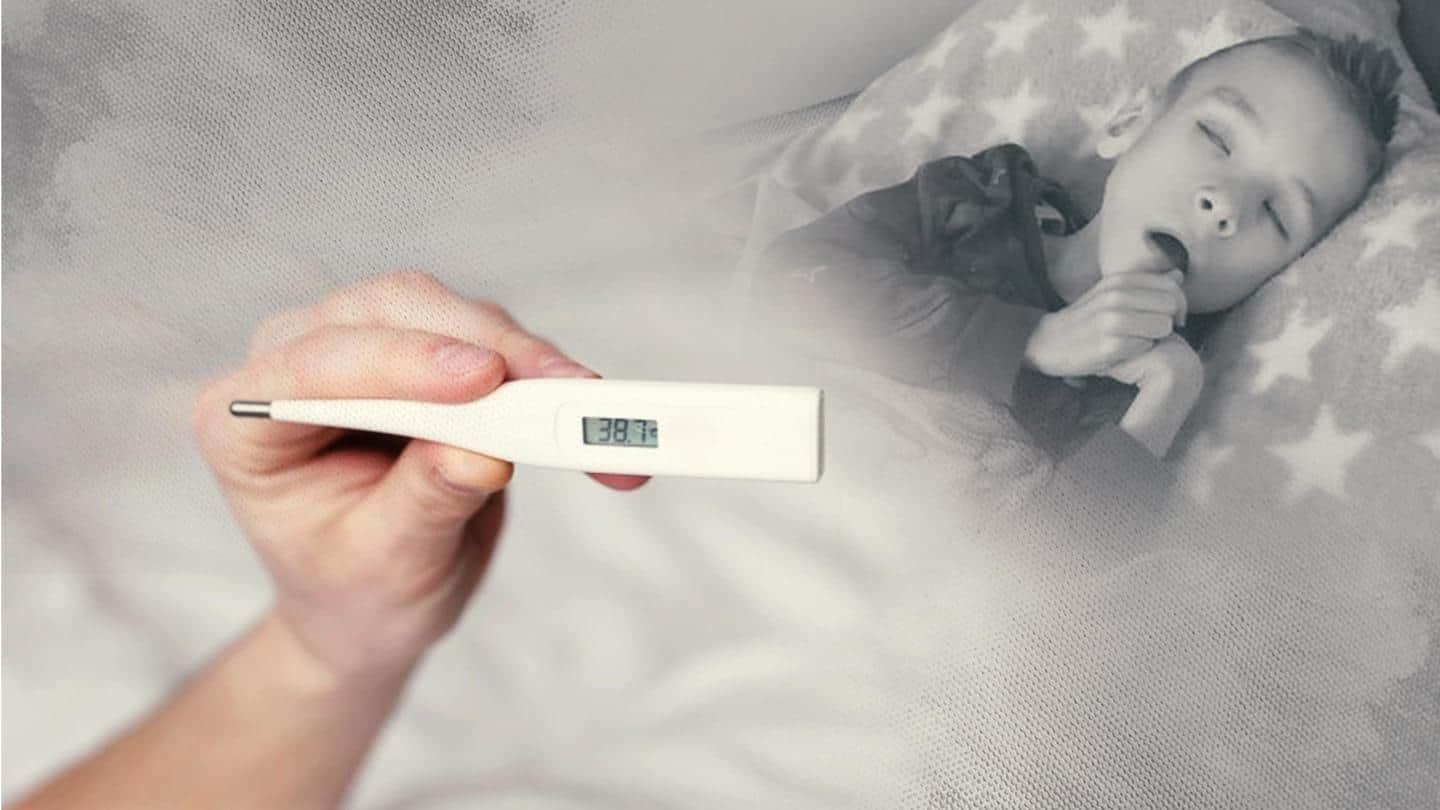
Viral fever in Uttar Pradesh kills 50, mostly children
What's the story
Even as the threat of a third wave of COVID-19 looms large over India, a viral fever suspected to be dengue has claimed at least 50 lives in Uttar Pradesh.
Most of those deceased are children, and none tested positive for COVID-19.
Further, several hundred have been hospitalized across the six affected western UP districts: Agra, Mathura, Mainpuri, Etah, Kasganj, and Firozabad.
Information
What are the symptoms?
Those afflicted by the viral fever in UP are reportedly experiencing high fever, joint pains, headaches, dehydration, and nausea. Some of them also reported rashes spreading over their limbs. Doctors said children are brought to hospitals with declining platelet counts.
Doctors
Doctors suspect dengue; stress on in-depth probe
While there is no clarity about the cause of the illness, doctors said patients coming to hospitals with declining platelet counts characterize a severe form of dengue.
However, more investigation and genome analyses are needed to ascertain the cause.
"If we don't investigate properly and regularly, a lot of things will continue to remain a mystery," an Indian virologist told the BBC.
Information
What is dengue?
Dengue is transmitted by the mosquito Aedes aegypti. Children are up to five times more likely to die during a second dengue infection compared to adults. The disease is transmitted to humans from stagnant water in containers where the mosquitoes breed.
History
Similar fatal outbreaks have plagued UP in the past
The sudden surge in cases and the uncertainty over the cause has led to fears of the "mystery fever."
However, with high malnutrition levels among children and poor health infrastructure, UP has seen similar outbreaks before, too.
Another "mysterious" outbreak in 2006 killed several children across UP. It was later found that the deaths were caused due to the consumption of cassia beans.
Quote
What did scientists say about the 2006 outbreak?
Scientists investigating the 2006 outbreak had said that the food poisoning was the result of "poverty, hunger, lack of parental supervision, ignorance, children playing by themselves, non-availability of toys, and easy access to the plant."
Study
Previous studies found scrub typhus, dengue behind post-monsoon fever
A study had identified scrub typhus and dengue as causes for widespread cases of post-monsoon fever across six eastern UP districts between 2015-2019.
Another mosquito-borne disease, Chikungunya, was also found to have caused several cases of fever.
A virologist who led the study told the BBC, "You need systemic surveillance to keep a track of these diseases."
Information
What is scrub typhus? How does it transmit?
Scrub typhus is a bacterial infection that spreads through bites of infected viral mites. The mites settle on the vegetation in villages after monsoon rains. Scientists had found the mites on firewood which villagers stored inside their homes.
Concerns
Japanese encephalitis another cause of concern
Another disease that has concerned doctors in recent years is Japanese encephalitis.
The mosquito-borne disease was first identified in Uttar Pradesh in 1978 and has claimed more than 6,500 lives since.
The disease mainly spreads in low-lying flood-prone districts bordering Nepal that provide a breeding ground for mosquitoes transmitting the disease.
In Gorakhpur, 17 children have died of Japanese encephalitis this year.